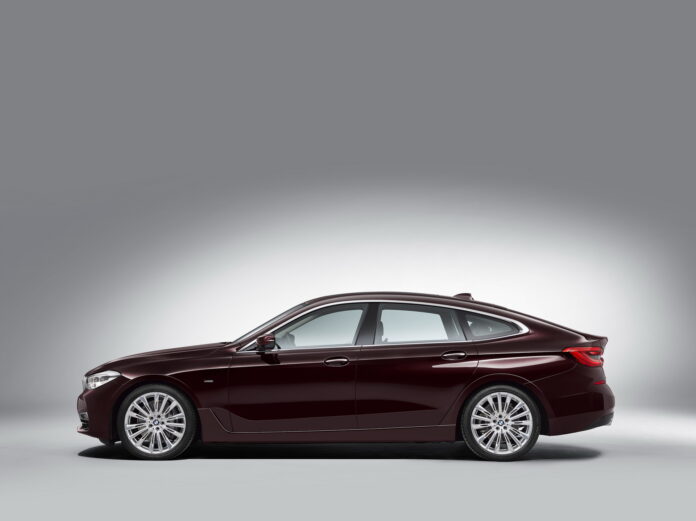The Hofmeister kink, much like the iconic kidney grille, serves as a design hallmark for BMW, instantly recognizable and synonymous with the brand’s identity. This visual element has graced every BMW model since the introduction of the Neue Klasse in 1961, becoming a signature feature of the Bavarian automaker.

The Origins of the Hofmeister Kink
The kink owes its name to Wilhelm Hofmeister, who led BMW’s design department from 1955 to 1970. Hofmeister’s era was transformative, redefining BMW’s aesthetic identity. This design feature, officially known as the *Hofmeister Knick* in German, refers to the distinct reverse curve at the base of the C-pillar in a car’s side window design. It symbolized the rear-wheel-drive traction of BMW vehicles and became a visual shorthand for their engineering philosophy.
Following Hofmeister, other celebrated designers like Paul Bracq—responsible for BMW’s iconic “/8” series—continued to integrate and evolve the feature.


Design Evolution
While the basic form of the Hofmeister kink has remained consistent, its styling has seen adaptations to suit changing trends and technologies. Classic interpretations were especially prominent in models from the late 1960s and 1970s, such as the BMW 2002, E9 3.0 CS, and E24 6 Series. These designs paired the kink with the BMW roundel on the C-pillar, creating a distinctive and elegant aesthetic.
More recent models, such as the 8 Series Gran Coupe (G16) and the G20 3 Series, have introduced reinterpretations of the kink. For instance, the 8 Series Coupe (G15) features an angular, upward-swinging version of the kink, while the G30 5 Series integrates a three-dimensional twist, showcasing the brand’s ability to innovate within tradition.
The Hofmeister Kink in Modern BMWs
– SUVs and SAVs: Larger models like the X5, X6, and X7 attempt to preserve the classic shape despite their bulkier frames.
– Compact Models: The F40 1 Series and X2 Vreimagine the kink for front-wheel-drive platforms, with the latter paying homage to the classic E9 3.0 CS by placing the BMW roundel next to the kink.
– Gran Coupes and GTs: Models like the 6 Series GT and 2 Series Gran Coupe reinterpret the kink with sharper angles and modern aesthetics, creating a more aggressive and dynamic profile.

Iconic Variants
The most celebrated execution of the Hofmeister kink is arguably on the E9 coupe models, where its clean, sophisticated design was paired with the BMW roundel on the C-pillar. This timeless design remains a touchstone for elegance and innovation. Other standout examples include the F13 6 Series Coupe and the F32 4 Series Coupe, which blend tradition with contemporary luxury.
A Timeless Symbol
Despite its evolution, the Hofmeister kink remains a defining element of BMW’s design language. It balances tradition with modernity, acting as both a visual anchor and a symbol of the brand’s commitment to engineering excellence.
From the classic Neue Klasse 1500 to today’s cutting-edge models, the Hofmeister kink has proven to be a resilient and adaptable design icon, embodying BMW’s rich heritage while staying relevant in an ever-changing automotive landscape.

